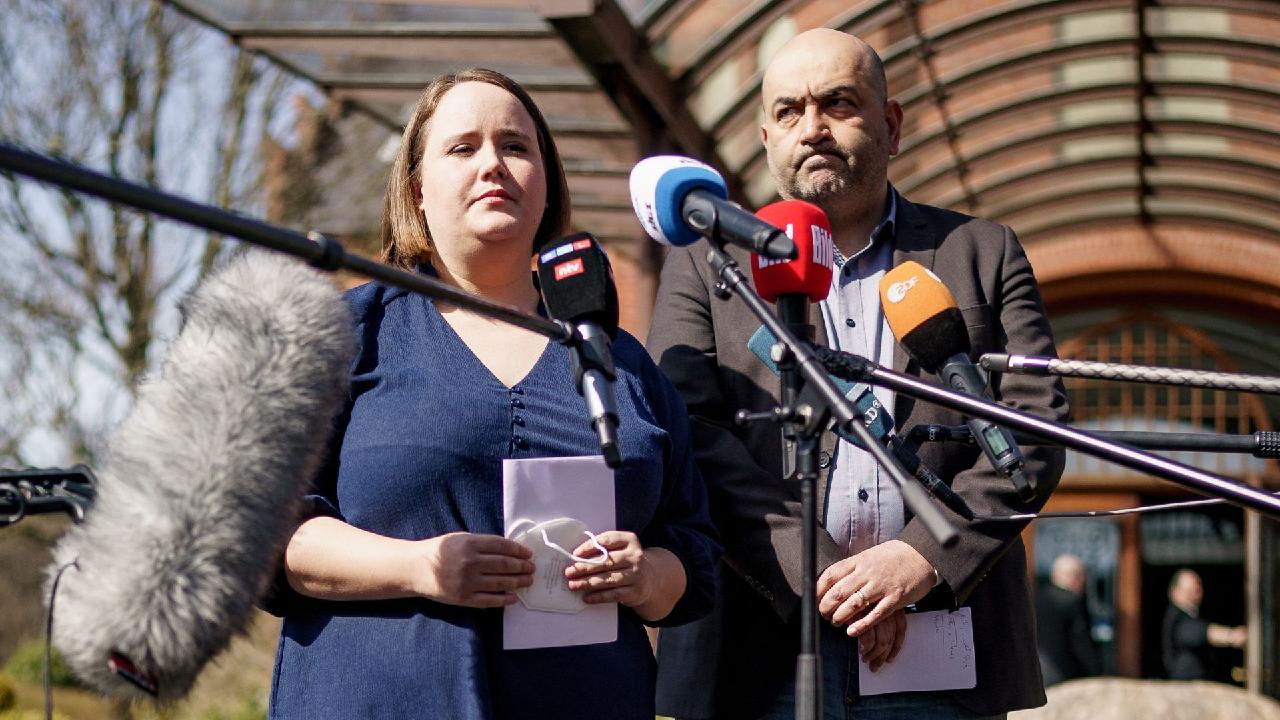Government Expands Use of Live Facial Recognition Vans

As facial recognition technology rapidly evolves and proliferates, its integration into everyday policing raises vital questions about privacy, consent, and safety. Recently, the UK government announced an expansion of live facial recognition (LFR) vans across several police forces to track down suspects involved in serious crimes like sexual offenses and homicides. This initiative, which uses advanced cameras to scan the faces of passersby and compare them against a database of wanted individuals, has sparked a heated debate about its implications for personal liberties and state surveillance. The need for balancing effective law enforcement with the fundamental rights of citizens has never been more pressing.
Live facial recognition technology works by analyzing facial features through geometric measurements, such as the distance between the eyes and the shape of the jawline. These unique identifiers are then compared to a pre-existing watchlist of individuals—like registered sex offenders—aimed at enhancing public safety. For example, during the last year, LFR technology reportedly aided in making over 580 arrests, showcasing its potential as an effective policing tool. However, critics argue that such measures could lead to a future where constant surveillance becomes normative, raising important questions about consent and civil rights. There is a palpable fear of a 'Big Brother' scenario, where individuals are monitored without their knowledge, leading to a chilling effect on freedoms such as assembly and expression.
The discourse surrounding facial recognition technology involves complex layers of societal and ethical considerations. Proponents, such as law enforcement officials, often view LFR as pivotal in apprehending criminals swiftly. However, there are concerns about potential errors, as evidenced by case studies that reveal wrongful identifications. Activists point to instances where innocent citizens were misidentified and faced unwarranted consequences. Moreover, as the government seeks public opinion on regulatory frameworks for this technology, a critical conversation about its long-term impact on society and individual rights becomes necessary. What safeguards can be instituted to ensure its responsible use, and how do we define a balance between security and personal freedoms in an increasingly monitored world?
Read These Next

Germany ruling party co-leaders resign amid ongoing crisis
Germany's Greens party co-leaders resign after poor electoral results, highlighting issues in the governing coalition amid rising challenges.

Apple Brings Back Blood Oxygen Monitoring
A critical commentary on Apple's return of the blood oxygen monitoring feature for the Apple Watch amidst patent disputes.

Nvidia and AMD's 15% Revenue Deal Impact on Semiconductor Trade
This article discusses the recent agreement between Nvidia and AMD to pay a portion of their revenues from China to the U.S. government, exploring its implications for global semiconductor trade and national security concerns.
